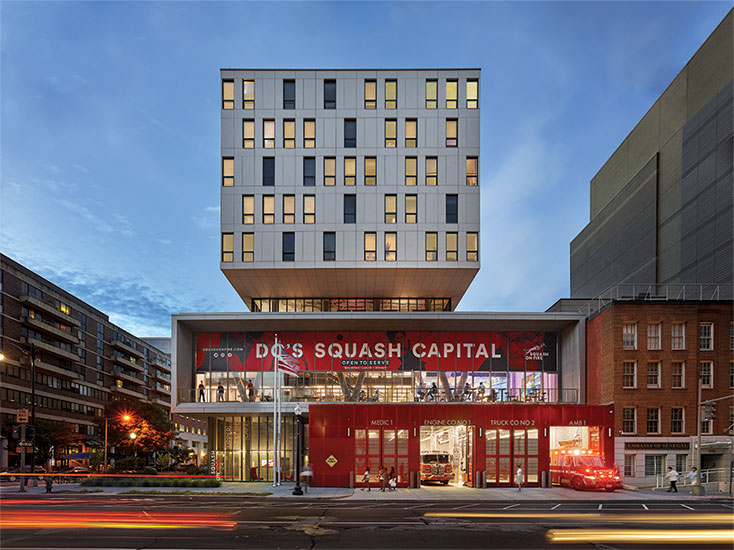Everyone’s trashing that one because it’s the same lazy approach to facade articulation we’ve seen and trashed 150 times in the last two decades.
You’re the only one trashing it. It’s not perfect but it’s going to fade into the background and be a huge net gain for the area. Hardly anyone is going to notice the windows much less spend an iota of their time formulating an opinion on them. Most people are too focused on their own lives to keep a running tally on the use of particular architectural tropes around town.

